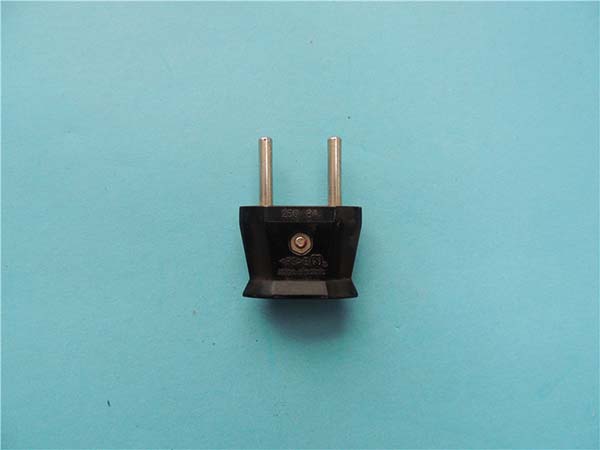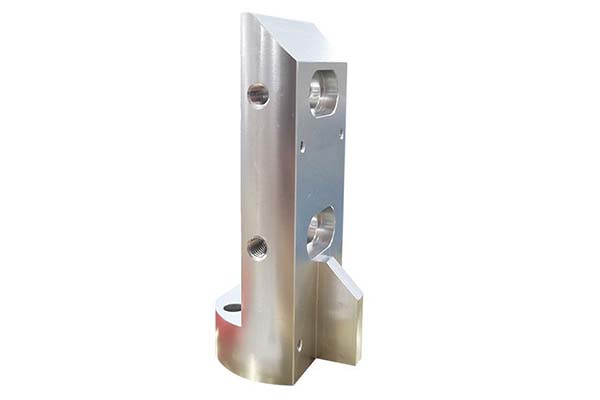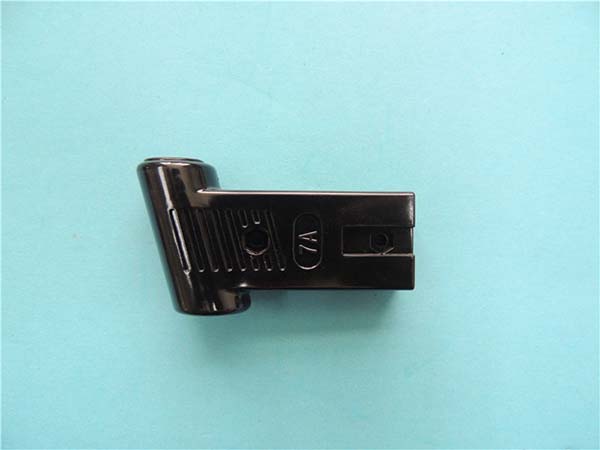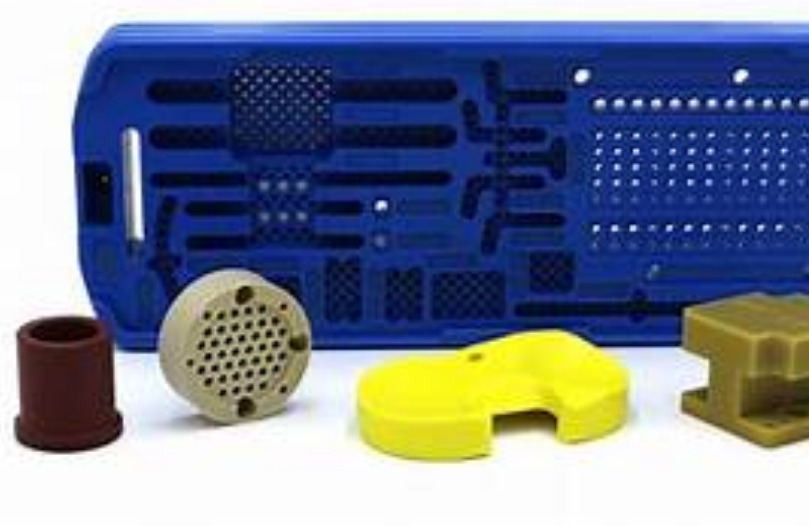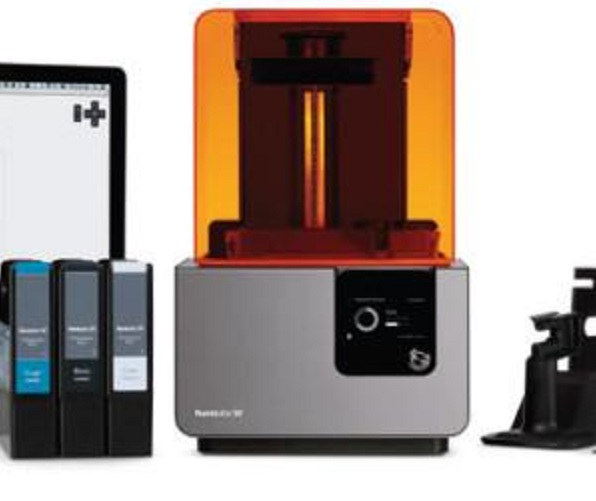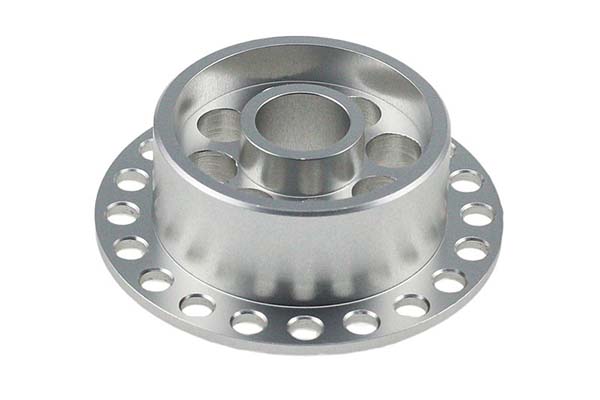Introduction
Imagine a world where medical devices are not one - size - fits - all. For example, a patient in need of a customized prosthetic limb can receive one that is perfectly tailored to their body shape, movement patterns, and aesthetic preferences, all thanks to 3D printing. This isn't just a far - off dream; it's happening right now. In the past few years, 3D printing has emerged from relative obscurity to become a rapidly growing and influential technology across multiple industries.
The 3D printing market has been expanding at an astonishing pace. According to market research, the global 3D printing market size was valued at \(22.14 billion in 2023 and is projected to reach \)57.1 billion by 2028, growing at a compound annual growth rate (CAGR) of 21% during the forecast period. This growth is driven by increasing applications in industries such as healthcare, automotive, aerospace, and consumer goods.
With such significant growth, it's natural to wonder: Which are the biggest 3D printing companies leading this technological revolution? These companies are not only at the forefront of innovation but also play a crucial role in shaping the future of manufacturing, design, and various other sectors. Let's take a closer look at some of the industry giants.
Methodology for Evaluating the Biggest 3D Printing Companies
When determining the biggest 3D printing companies, several key factors are taken into account:
- Market Capitalization: This is the total value of a company's outstanding shares of stock. A high market capitalization often indicates that investors have confidence in the company's future prospects. For example, companies like Stratasys, which has a significant market cap, are seen as industry leaders in terms of overall value in the market. It reflects the company's ability to raise capital, invest in research and development, and potentially acquire other companies to expand its market reach.
- Revenue: A company's annual revenue shows its financial performance and the scale of its business operations. Big players such as 3D Systems have substantial annual revenues, which come from selling 3D printers, printing materials, and providing related services. Higher revenues can enable a company to reinvest in new technologies, improve product quality, and expand its global footprint.
- Market Share: Market share is calculated by dividing a company's sales by the total sales in the market. A large market share means the company has a strong competitive position. EOS, for instance, holds a notable market share in the industrial 3D printing segment. This allows them to set industry standards, influence pricing, and attract more customers, which in turn drives further growth.
- Technology Innovation: Companies at the forefront of 3D printing technology are more likely to be leaders in the industry. Carbon, for example, has developed innovative 3D printing technologies like Digital Light Synthesis (DLS). These technological advancements enable faster printing speeds, higher - quality prints, and the use of new materials, giving them an edge over competitors and opening up new application possibilities.
- Application Area Breadth: The wider the range of industries a company's 3D printing solutions can be applied to, the more influential it is. HP's 3D printing technology is used in industries as diverse as automotive, healthcare, and consumer goods. This broad application scope not only increases the company's potential customer base but also showcases its adaptability and technological prowess across different sectors.
Top 3D Printing Companies by Market Capitalization
3D Systems Corporation
Founded in 1986 in Rock Hill, South Carolina, 3D Systems is one of the pioneers in the 3D printing industry. The company offers a comprehensive suite of 3D printing products and services, including a wide range of 3D printers such as plastic and metal printers. For example, their Figure 4 Standalone 3D printer is known for its fast printing speed, making it suitable for rapid prototyping and small - batch production.
3D Systems also provides various software solutions for 3D design, simulation, and production management. Their software helps customers optimize their 3D printing workflows, from the initial design stage to the final production. In terms of materials, they have an extensive portfolio, including plastics, elastomers, composites, wax, metal, and bio - compatible materials. This wide variety of materials allows customers from different industries to find the perfect fit for their applications.
The company serves a broad spectrum of industries, including aerospace and defense, automotive, healthcare, dental, and consumer goods. In the aerospace industry, 3D Systems' metal 3D printers are used to manufacture lightweight and high - strength components, reducing the weight of aircraft and improving fuel efficiency. In healthcare, their bio - compatible materials and 3D printing technology are utilized to create customized prosthetics and medical devices, providing better patient care. With its long - standing history, diverse product offerings, and wide - reaching applications, 3D Systems holds a significant position in the 3D printing market.
Stratasys, Ltd.
Stratasys was founded in 1989 and is headquartered in Eden Prairie, Minnesota. The company is renowned for its expertise in polymer - based 3D printing technologies. Stratasys has developed advanced 3D printing platforms, such as the Fused Deposition Modeling (FDM) and PolyJet technology.
The FDM technology uses a thermoplastic filament that is melted and extruded layer by layer to build 3D objects. This technology is popular for its ability to produce durable and functional parts. The PolyJet technology, on the other hand, is known for its high - resolution and smooth surface finishes, making it ideal for creating detailed prototypes and models. Stratasys offers a range of 3D printers based on these technologies, each designed to meet different customer needs in terms of size, speed, and material compatibility.
Stratasys' products are widely used in industries like automotive, aerospace, and healthcare. In the automotive industry, Stratasys 3D printers are used to create custom - fit interior components, rapid prototypes of new car designs, and tooling for manufacturing processes. In aerospace, the company's high - strength polymer materials and 3D printing technology enable the production of lightweight, complex - shaped parts that are crucial for aircraft performance. With its innovative technologies and strong market presence in key industries, Stratasys is a major player in the 3D printing landscape.
Yigu Technology's View
As a non - standard plastic metal products custom supplier, Yigu Technology highly values the revolutionary impact of 3D printing technology on customized production. This technology has enabled the realization of complex designs that were previously difficult to achieve with traditional manufacturing methods. It also significantly shortens the production cycle, allowing for quicker delivery of customized products to clients. Moreover, 3D printing can potentially reduce costs by minimizing material waste and optimizing the production process.
Yigu Technology believes that by actively exploring cooperation with leading 3D printing companies, it can further enhance its customized service capabilities. This cooperation could lead to the development of more innovative solutions, improved product quality, and a wider range of customization options for customers. In the future, Yigu Technology will continue to focus on leveraging 3D printing technology to meet the diverse needs of its customers and stay at the forefront of the customized product - manufacturing industry.
Conclusion
In conclusion, the biggest 3D printing companies, such as 3D Systems, Stratasys, and BLT, are at the vanguard of technological innovation, market expansion, and diverse industry applications. They have not only significantly contributed to the growth of the 3D printing market but also redefined the boundaries of what is possible in manufacturing, healthcare, aerospace, and other sectors.
The 3D printing industry is still in a stage of rapid development, with continuous technological breakthroughs, cost - reduction trends, and the exploration of new application areas. As Yigu Technology and other companies in related fields recognize, the potential of 3D printing to revolutionize customized production and supply chains is immense.
For those interested in the 3D printing field, whether you are a business looking to adopt 3D printing technology, a researcher exploring new applications, or simply a technology enthusiast, it is crucial to keep a close eye on the industry's developments. The future of 3D printing holds even more exciting possibilities, from more advanced materials to more widespread adoption across industries, and it will undoubtedly continue to reshape our world in remarkable ways.
FAQs
What factors should be considered when choosing a 3D printing company?
When choosing a 3D printing company, several crucial factors come into play. First, consider the services offered. A good company should provide a wide range, from design assistance to post - processing. For example, if you need a complex part, design support can optimize the 3D model for better print quality.
Technology is another key aspect. Different 3D printing technologies like Fused Deposition Modeling (FDM), Stereolithography (SLA), and Selective Laser Sintering (SLS) have their own strengths. FDM is cost - effective for simple, functional prototypes, while SLA offers high - resolution prints for detailed models.
Materials available are also important. The company should have a diverse selection, including plastics, metals, and composites. This ensures that you can find the right material for your application, whether it's a heat - resistant part for automotive use or a biocompatible material for medical devices.
Price and delivery time are practical considerations. Compare quotes from different companies, but don't just focus on the lowest price. A company that offers a reasonable price along with good quality and on - time delivery is ideal. For large orders, ask about volume discounts and estimated production timelines.
How does the cost of 3D printing with different companies vary?
The cost of 3D printing can vary significantly among different companies. One major factor is the equipment used. High - end industrial 3D printers are more expensive to operate and maintain, which may lead to higher printing costs. For example, printers using advanced laser - based technologies often have higher running costs due to laser component replacement and energy consumption.
Materials also contribute to cost differences. Exotic or high - performance materials like certain types of metal alloys or specialized polymers are more expensive than common plastics. Additionally, the printing process matters. Complex multi - material or high - precision prints generally cost more.
The order volume can influence the cost per unit. Some companies offer lower per - unit costs for larger orders, taking advantage of economies of scale. To choose a company with a cost - effective solution, first, clearly define your requirements. If you need a small number of prototypes, a company that specializes in low - volume, high - quality prints might be a better fit. For large - scale production, look for companies that can offer volume discounts.
